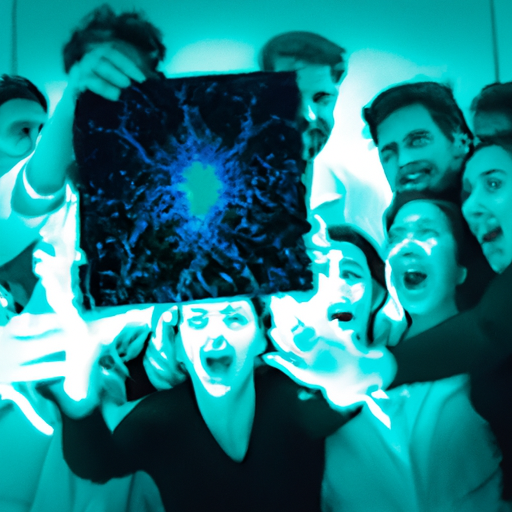Deep Fooling: Holographic Imaging Virus Detection Leaves Viral Plaques Laughing

In a breakthrough for viral plaque detection, scientists at the Intergalactic Institute for Holographology claim to have accelerated detection and quantification through a combination of deep learning and holographic imaging. Unfortunately, the viruses seem to be enjoying the attention.
Professor Miley Schmypson, head of the project, stated, “We really thought this would be a game changer, but instead of eliminating viral plaques, we’re just giving them a party.”
The deep learning and holographic imaging technology, nicknamed Deep Fool, was celebrated as a major breakthrough in laboratories across the globe. However, the viral plaques have only become bolder and more prolific, mocking researchers with aplomb.
Dr. Felicity McSlowpoke, a researcher on the project, admitted, “We didn’t anticipate that the viruses would enjoy the holographic light shows and disco vibes so much. They’ve started multiplying at a rapid pace, and frankly, they don’t seem worried at all.”
With their success, the viral plaques appear to have started spawning ‘super-bugs’ and planning viral plaque conventions featuring live holographic imaging displays for entertainment.
In response, scientists at the Intergalactic Institute for Holographology have decided to redirect their attention to the effects of excessive holographic imaging on unicorns, hoping to find a more cooperative subject.
AInspired by: Deep learning and holographic imaging accelerate the detection and quantification of viral plaques